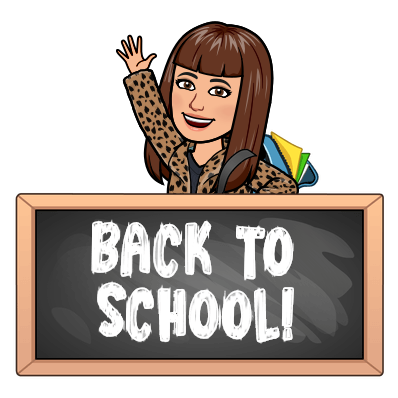Before the Chat
I met with each class for a planning session prior to the date of the live chat. Each group of students brainstormed discussion questions and then narrowed it down to a rich question set for the Twitter chat. The question prep led to lots of great discussion before the "official chat" even began. The Grades 5-8 students used a Canva template I'd created to prepare the graphics for each question. We Tweeted out the question graphics ahead of time for any classes wanting to prepare answers before the live discussion and shared the details for our chat in hopes that lots of other teachers and classrooms would join in.
Students also prepared their own answers to the questions for the chat, so they'd be well-prepared to participate in the discussion and share their ideas. Some students wrote their answers on sticky notes to be photographed and Tweeted during the chat and some (older) students typed their answers in a Google Doc to be copied into a Tweet during the chat.
On the day of the chat, each class developed a schedule for posting questions within their one hour live chat time. Each class designated a couple of students to Tweet out the questions at the scheduled times...and they were very precise about following their planned schedule!
During the Twitter Chat
During the live chat time, students had a few roles:
(1) Designated students posted the question graphics at the planned times with question numbers and a reminder to use the chat hashtag.
(2) All students posted their own responses to the questions. Students answered 1-3 of the questions and the class made sure someone contributed their ideas to the chat for every question. (ie: Student A might have wrote an answer for questions 1, 2, 3 and Student B might have Tweeted their answers to questions 4, 5 and 6).
(3) As a class, students worked together to moderate the chat and reply to other participating classes. The teacher in each room used TweetDeck to follow the chat hashtag and projected their screen so all students could see the Tweets coming in. Classes composed their responses together, with the teacher typing and sending Tweets that they could all view.
After the Chat
Tweets continued to come in after the live chat time, so classes continued to moderate and respond to messages on Twitter.
It was a lot of fun to be involved with these student-hosted Twitter Chats. The students did an excellent job of planning and hosting! I hope it's something I'll get to experience again!



































